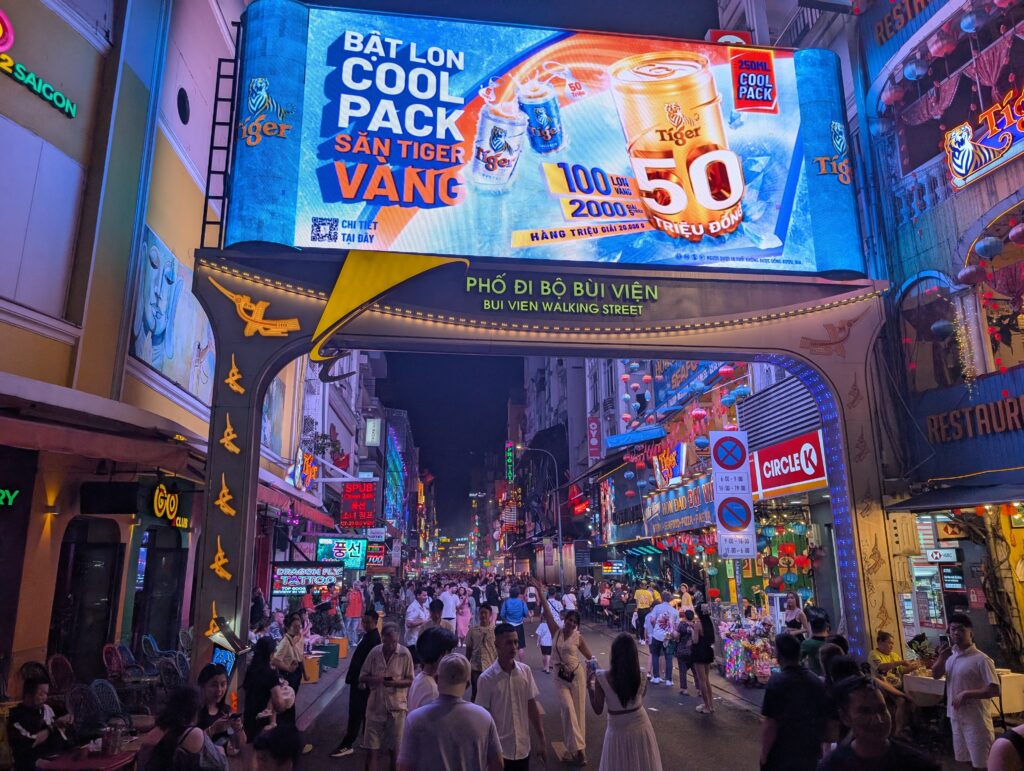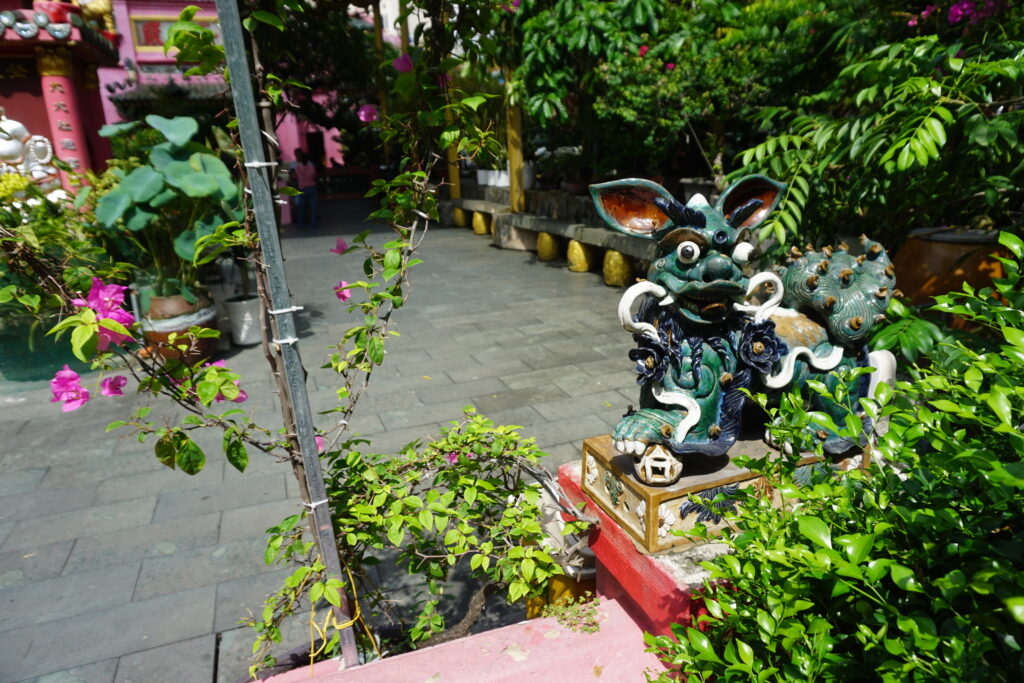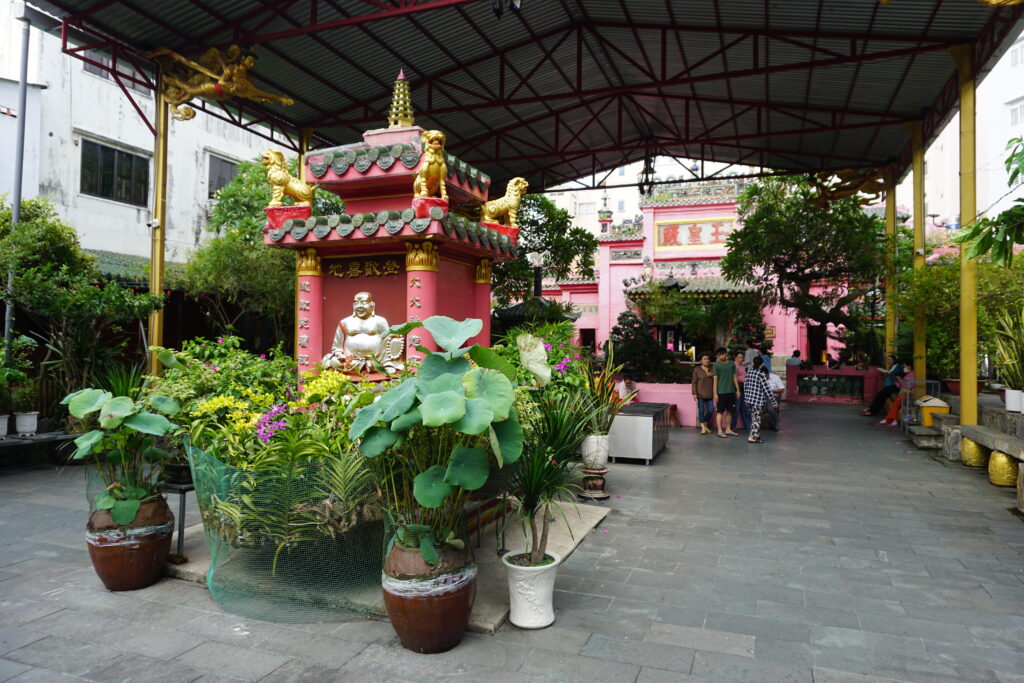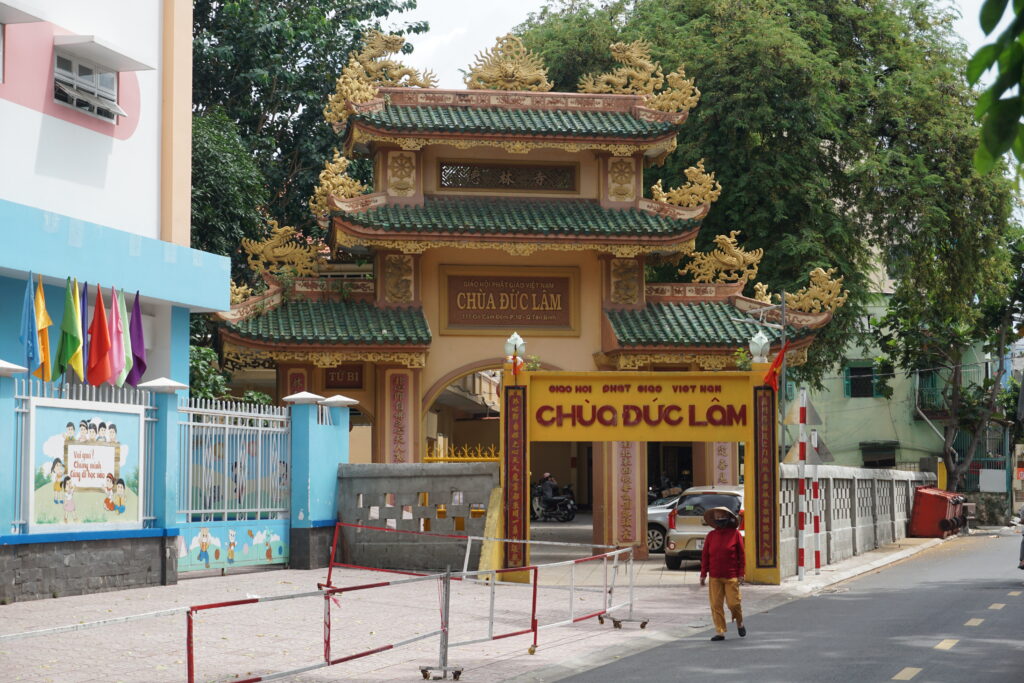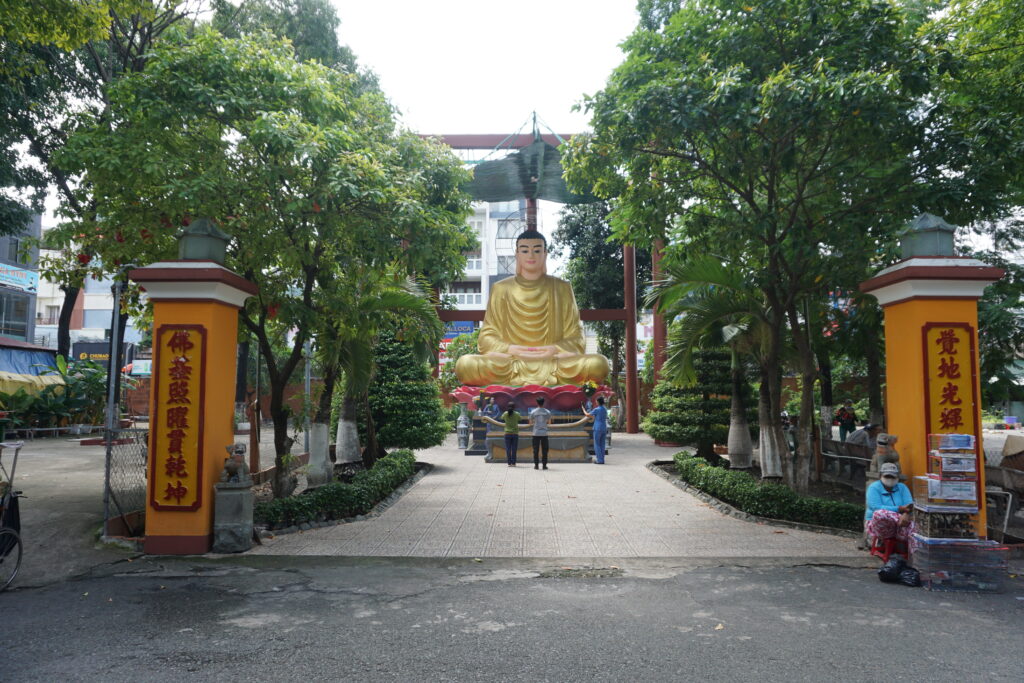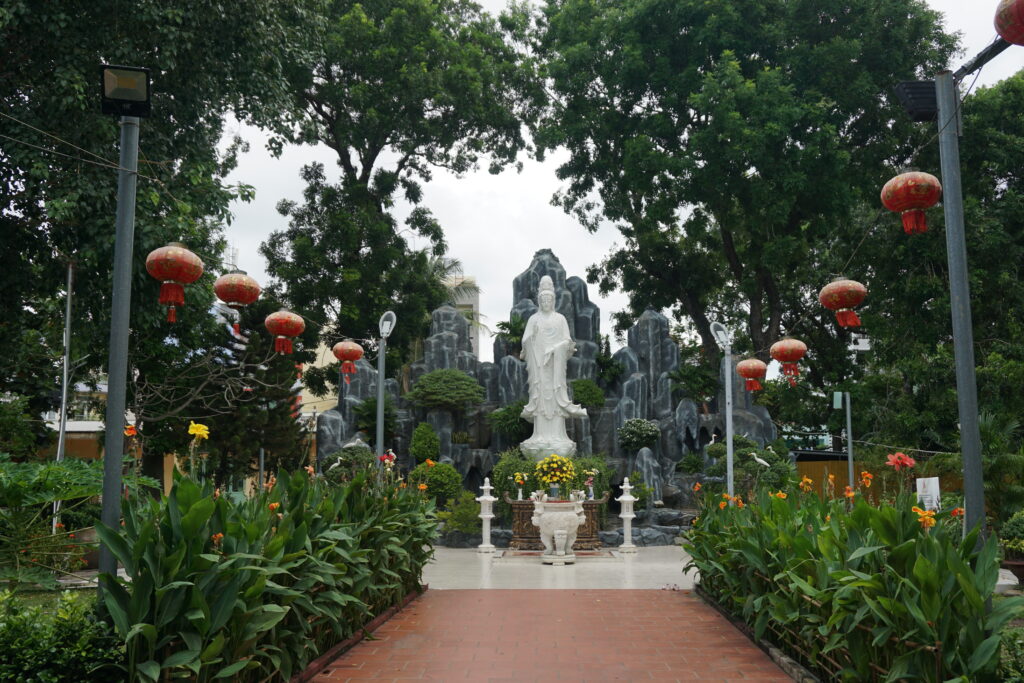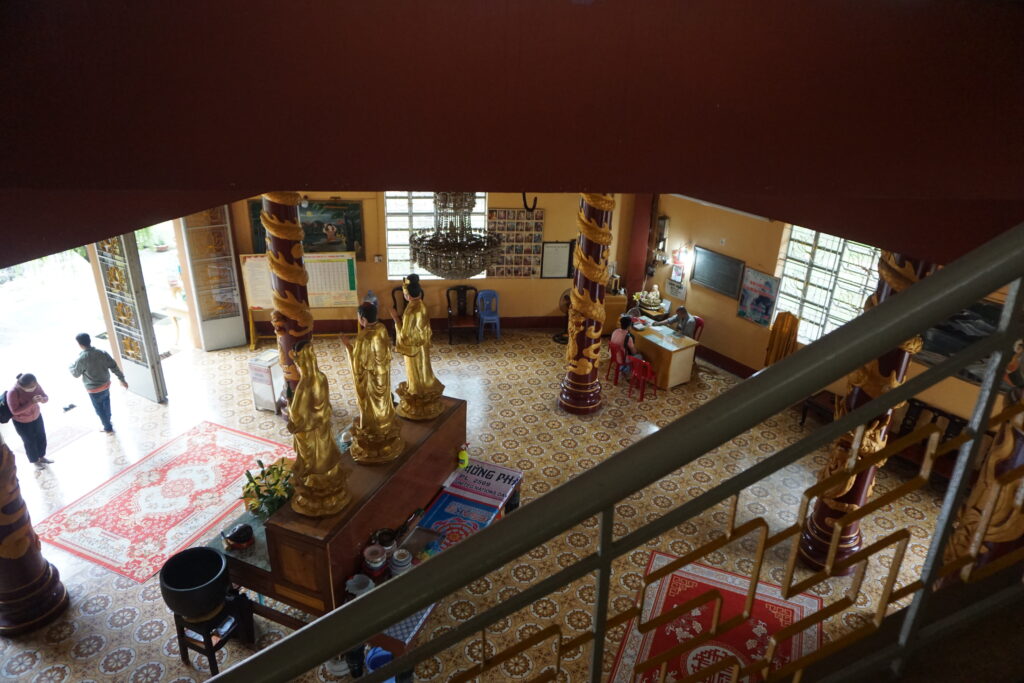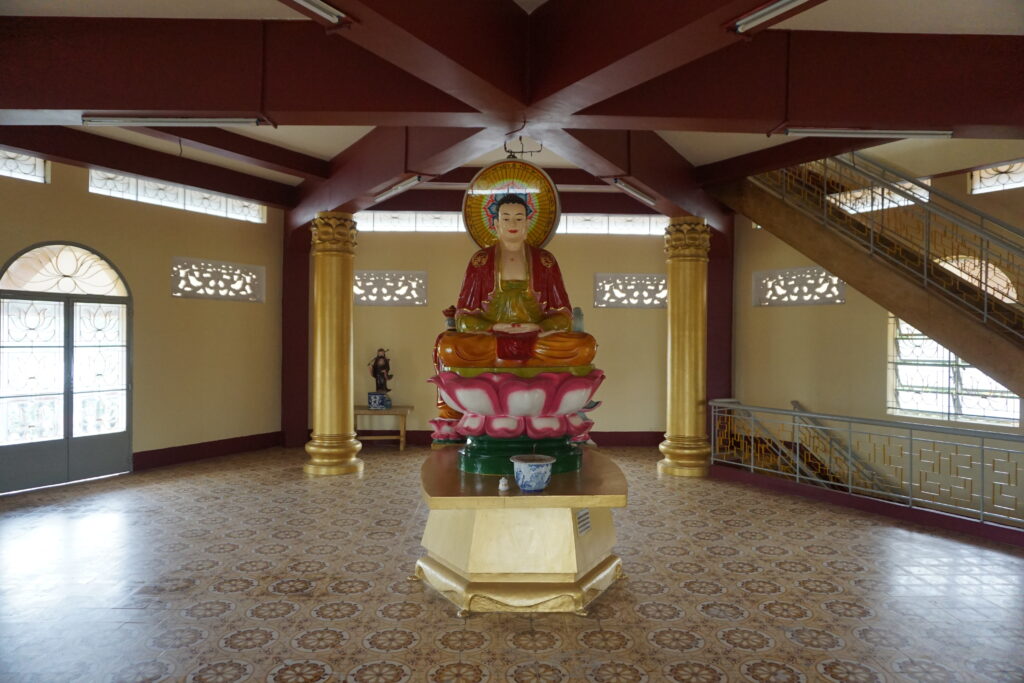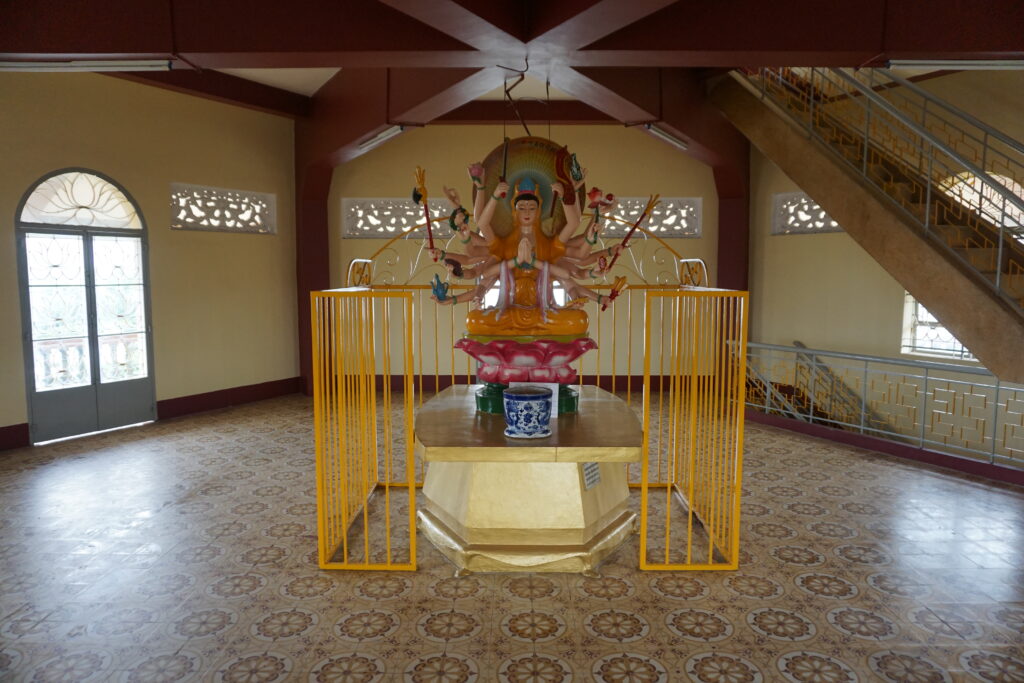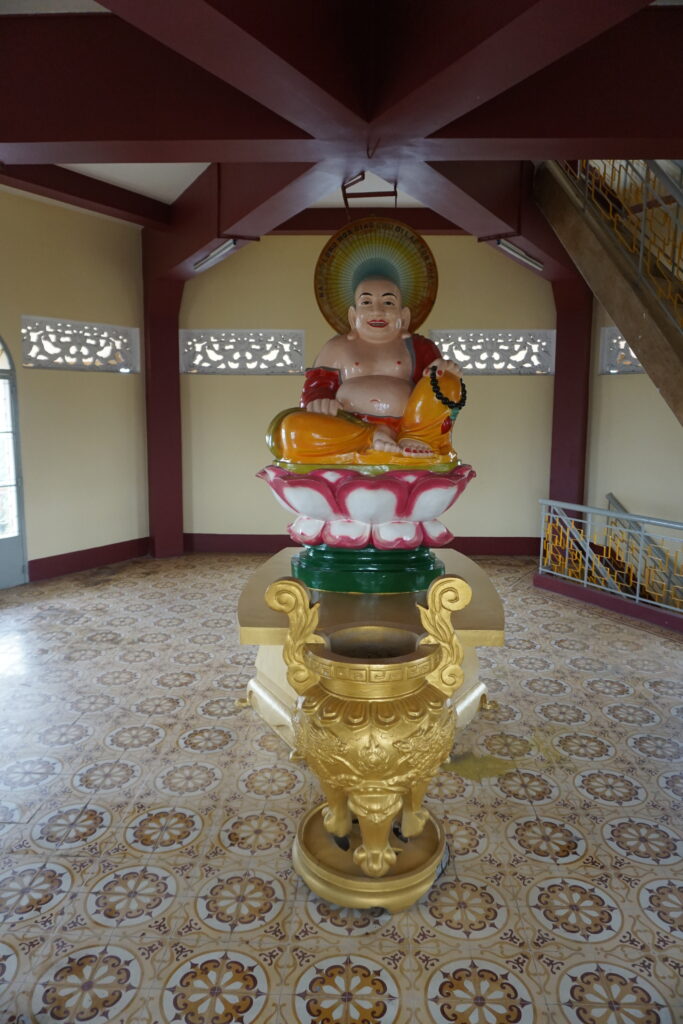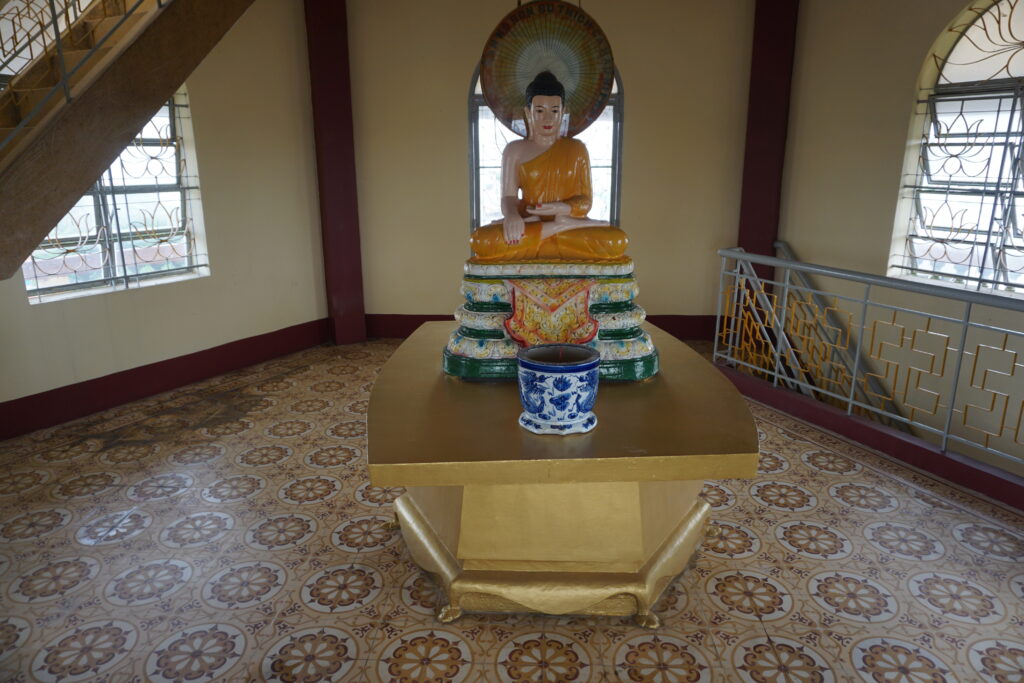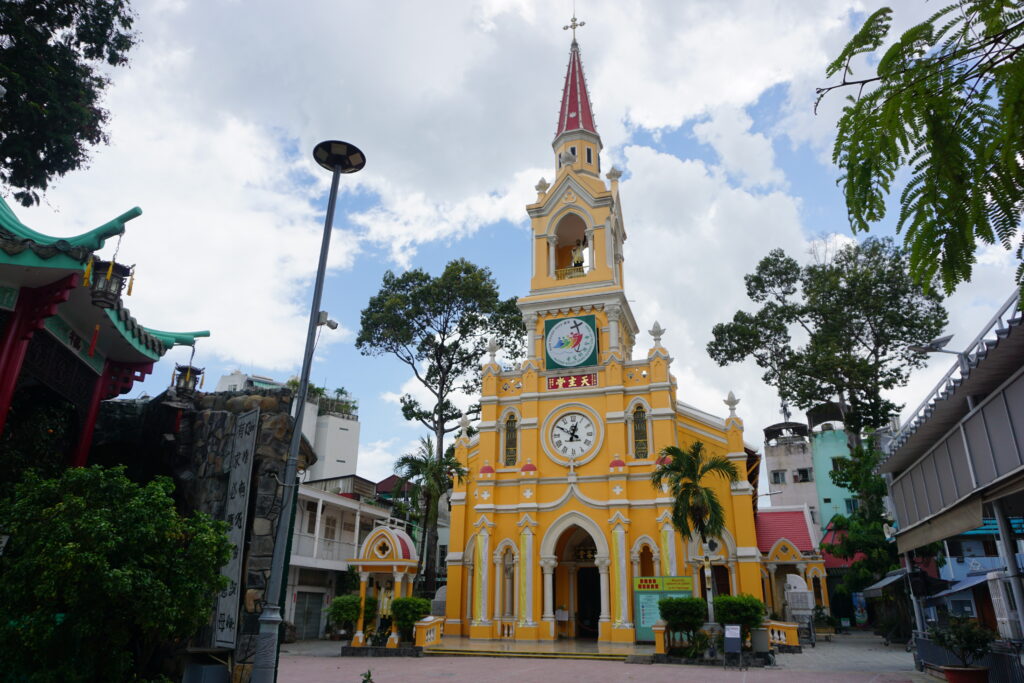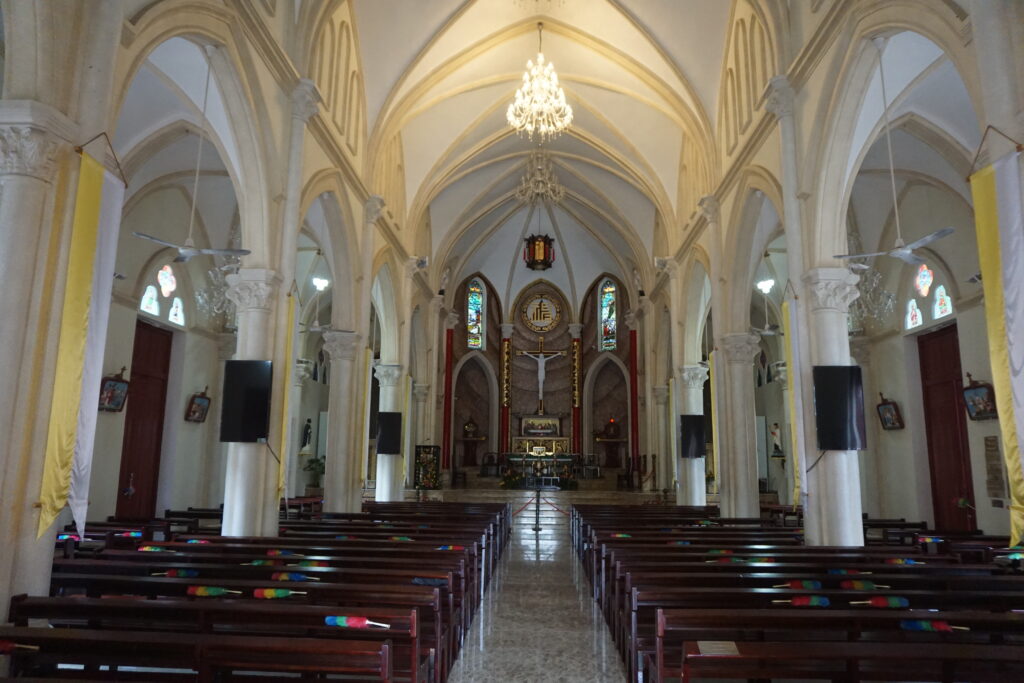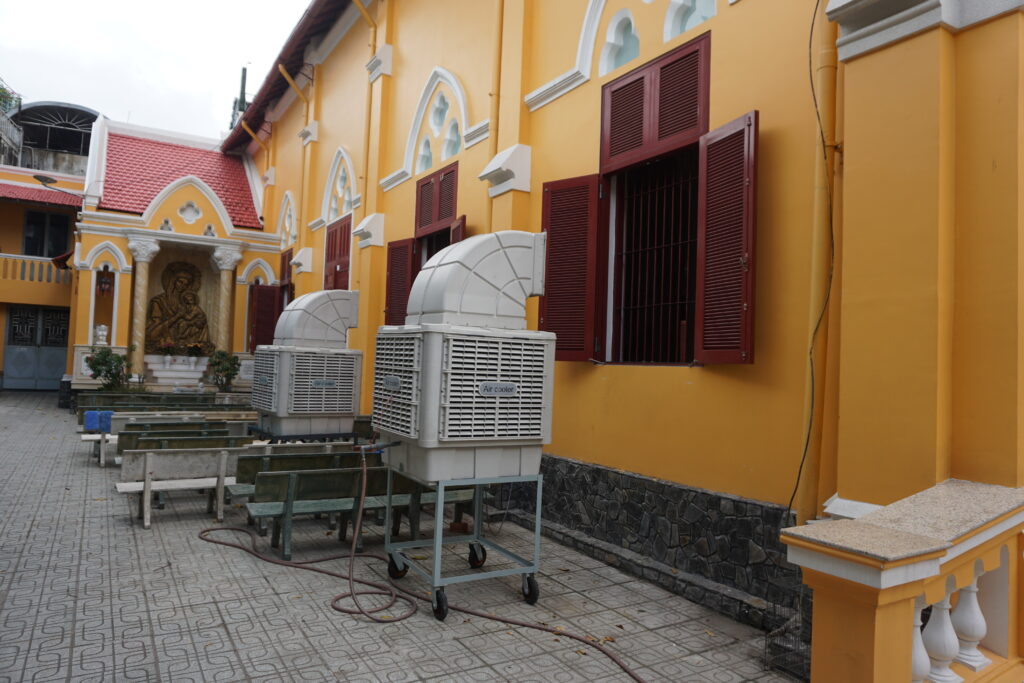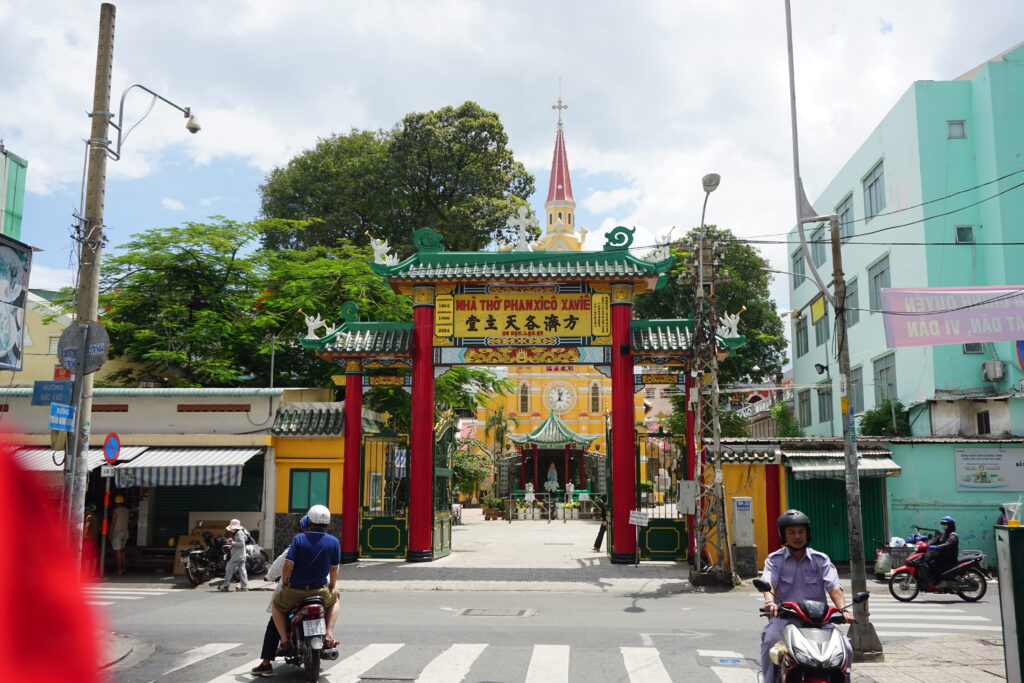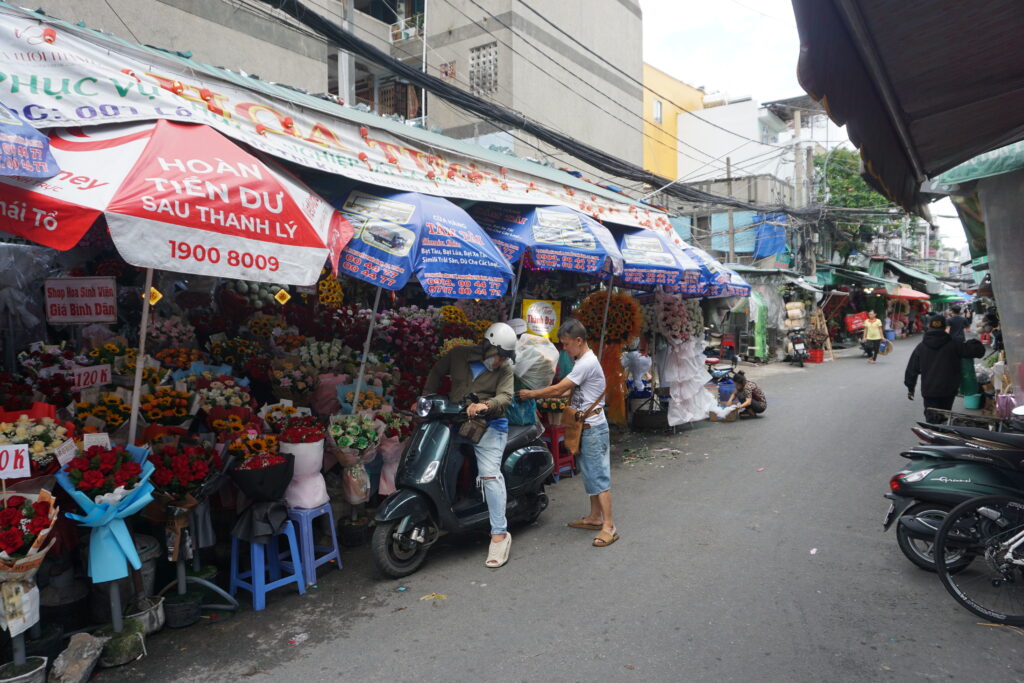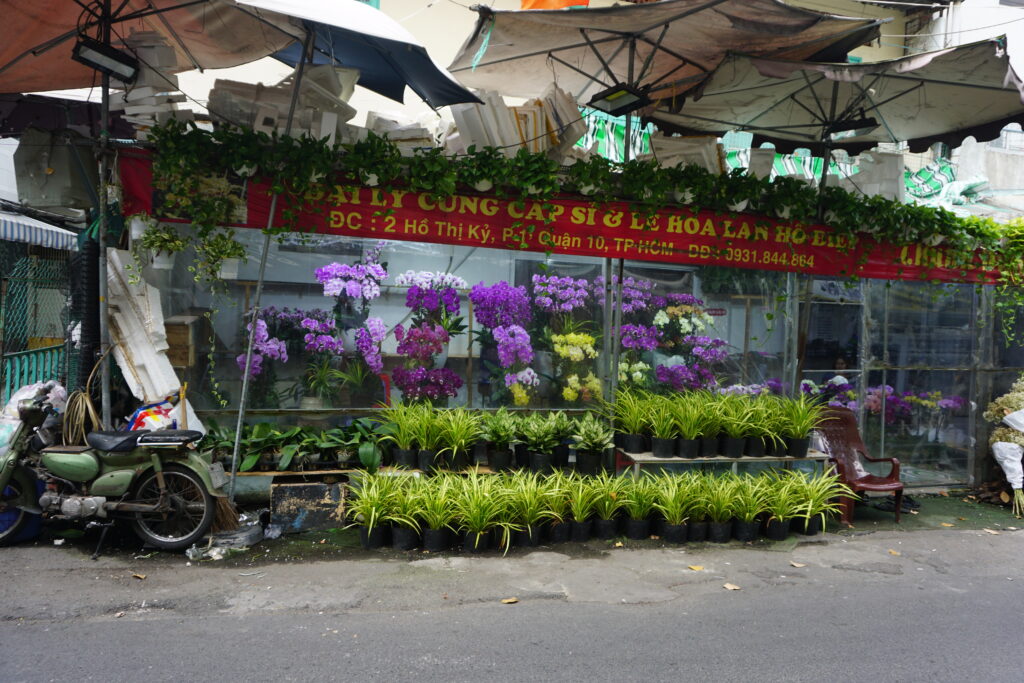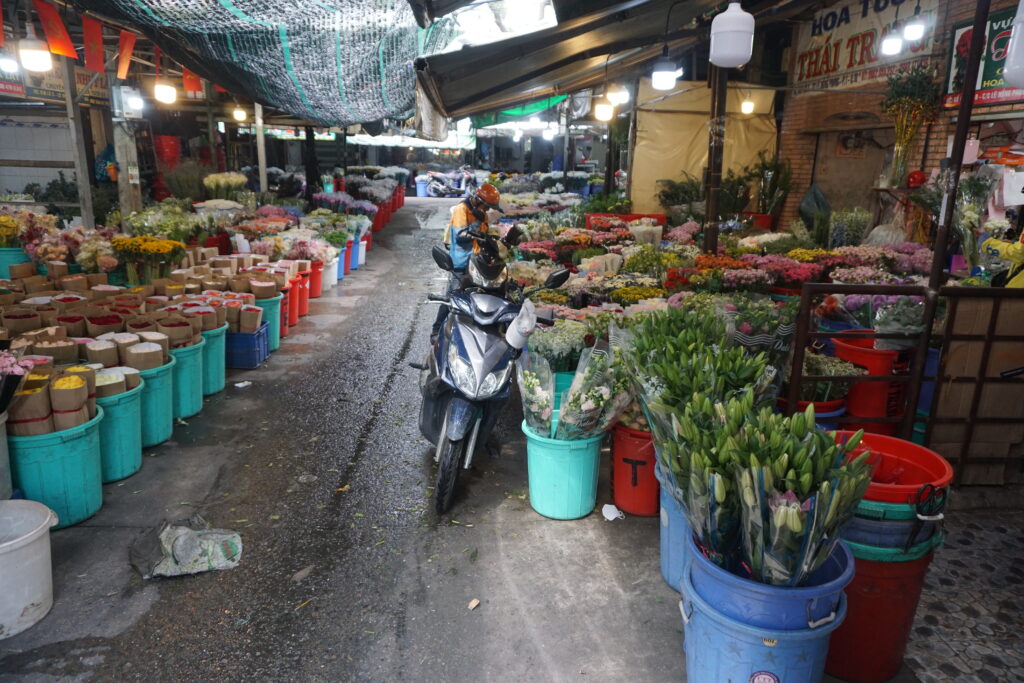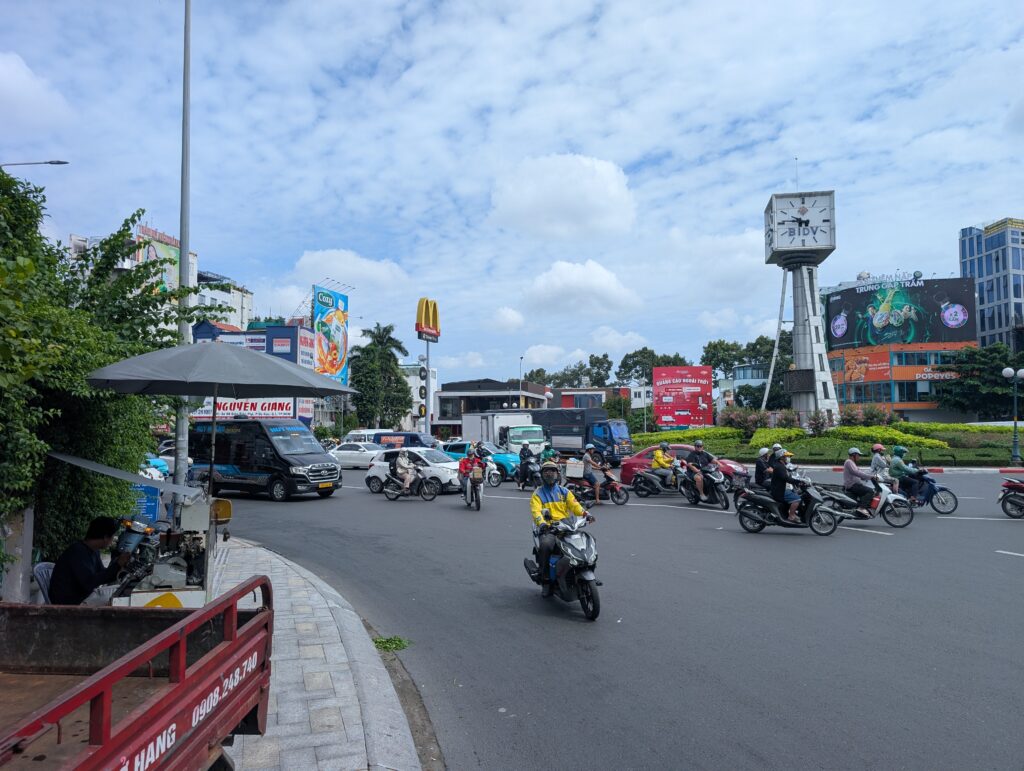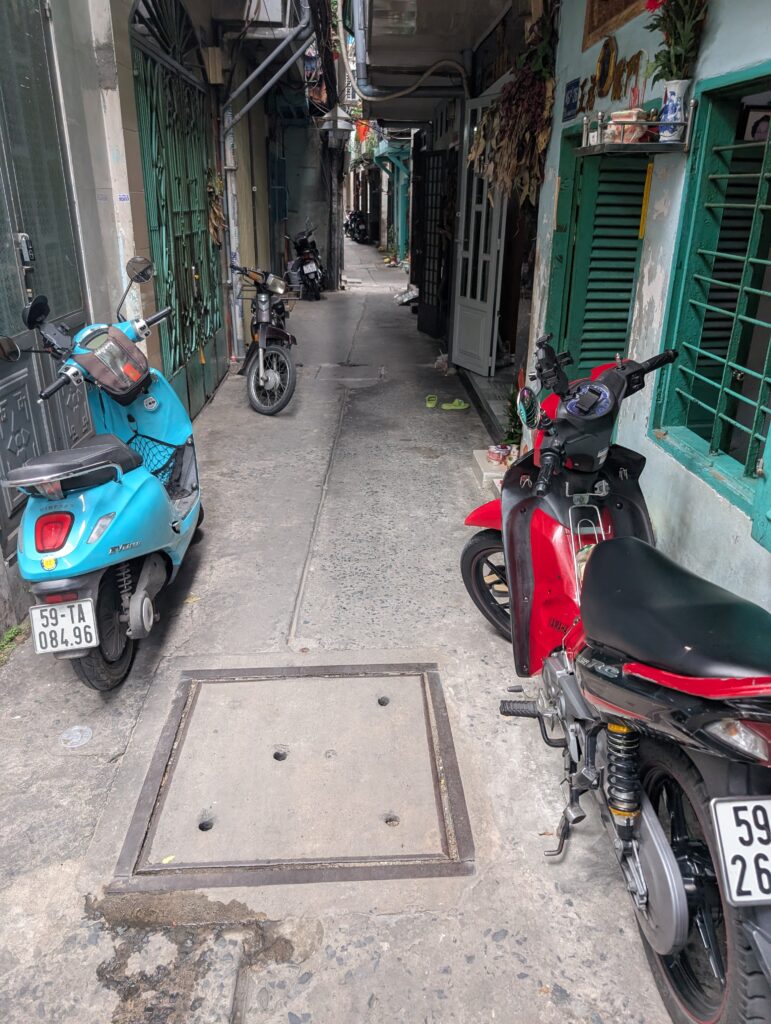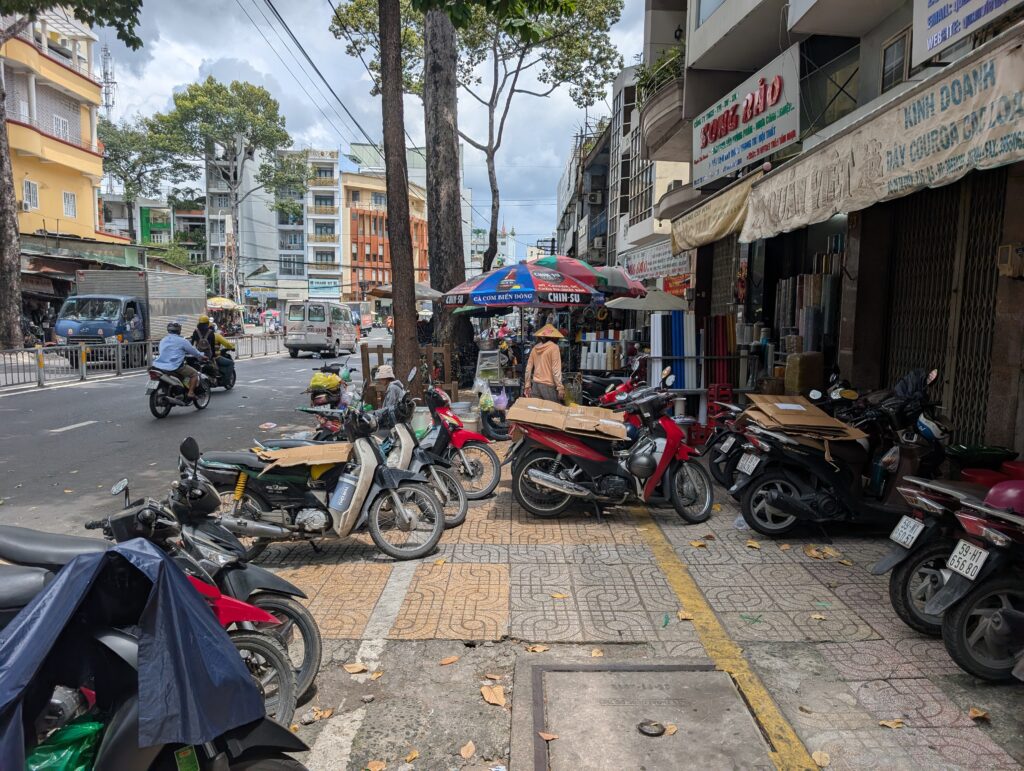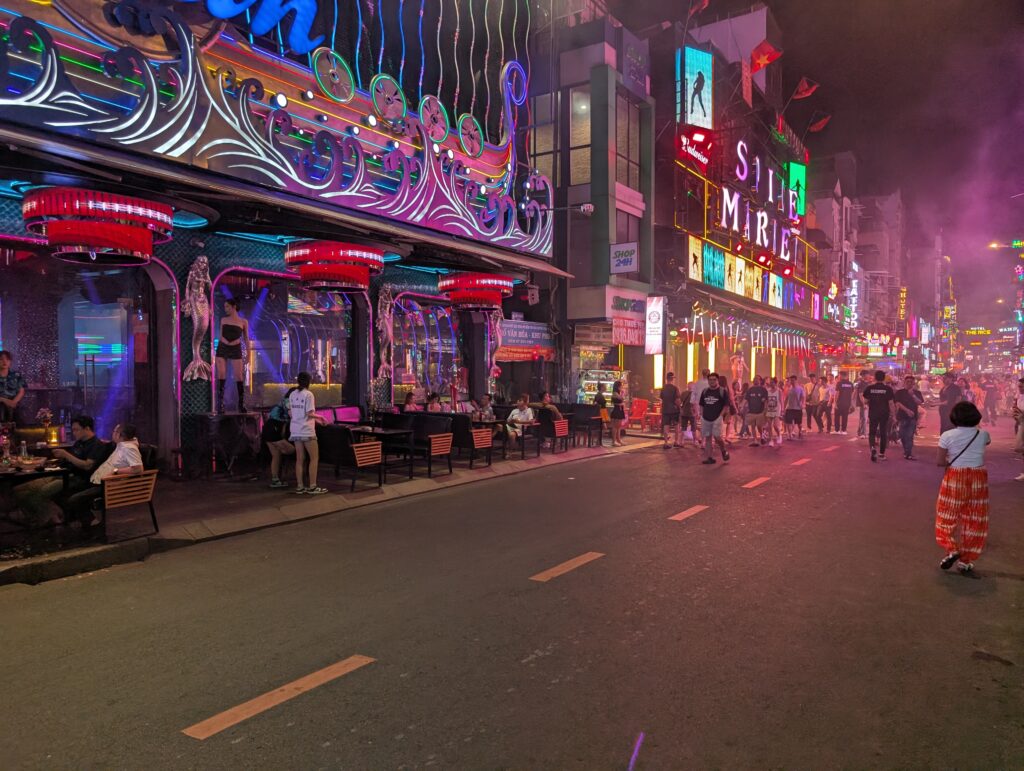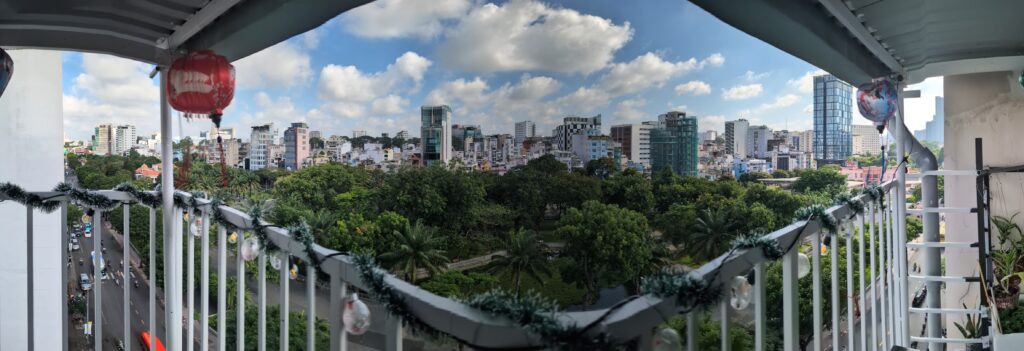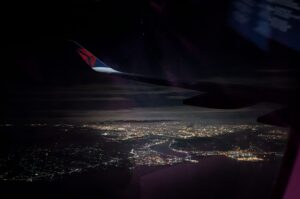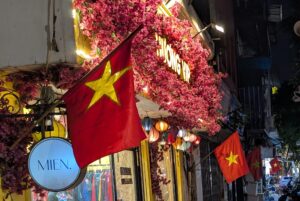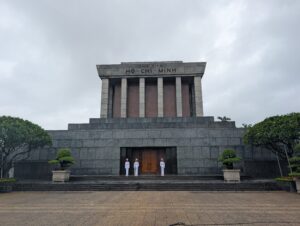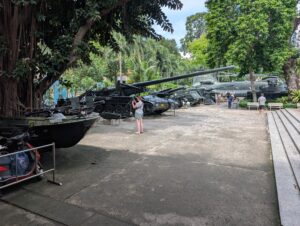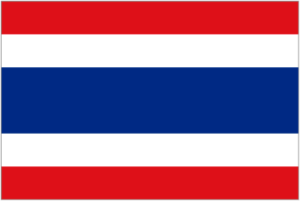Saigon
What Vietnam Could Have Been
After taking it easy for my last couple of days in Hanoi, I was ready to “power trip” again once I got to Ho Chi Minh City. One of the things I learned early on is that many people still call the city Saigon. For ease of typing and pronunciation, I will, too. I arrived at an AirBnB studio apartment overlooking Saigon Central Park at about 3:00 p.m. I had quite a bit of wash to do, so I started that up, then showered and rested as I waited for it to get done. I headed out for some com tam for supper, and walked Bui Vien street before calling it a pretty early evening.
I was up early the next morning and had a plan. I mapped out all of the places I could easily walk to, and hit them up the same day. I first walked to the Notre Dame Cathedral. Built by French colonists in the 1860s and 70s, it is a pretty building in the heart of Saigon. Unfortunately, it was being restored when I visited. I could view the cathedral from the sides, but had to rely on historical photos displayed at the site to show the iconic dual towers on the front face.
In the same neighborhood stands another 19th century French colonial landmark, the Saigon Central Post Office. The building was constructed in the 1880s and has a lot of the charm of a large public building from days gone by. There are a couple of souvenir shops inside, and several hawkers selling postcards outside, because the building still serves as a functioning post office. I sent off several postcards from there, but was surprised that buying seven international postcard stamps cost more than I spent on all of my meals for the entire day. The stamps cost about what international postage would run from the United States. In contrast to the shockingly low prices of so many other things in Vietnam, it seemed pretty expensive. Imagine paying the same amount for a single stamp as you would for a small meal.
While I was in this central area, I stumbled across Book Street. This was a pedestrian only strip of road dedicated only to shops selling books. Not being able to read Vietnamese, I passed on making any purchases there. It was a cool vibe, though, and there was a live performance of some sort underway as I walked through.
I had a couple of museums I wanted to visit Tuesday as well, and I knew those would take a bit longer. I visited them not necessarily in order of interest, but in the order that made the most sense in my walking tour. I spent about three hours at the Independence Palace, and two more at the War Remnants Museum, sandwiched around a lunch stop at a cafe where you had to put together a combo meal. This was a little bit complicated for me to navigate in Vietnamese, but I got my food.
Independence Palace was originally a mansion built to house the French Colonial Governor and government, prior to Vietnamese Independence. It was later home to the President of the Republic of Vietnam (South Vietnam), until Vietnam was ultimately lost to the communists in 1975, a couple of years after the United States pulled out of the Vietnam War. Since then, it has served as a museum, sometimes called “Reunification Palace” instead of Independence Palace, though the current communist regime does not seem too hung up on the name. You can read more about the Vietnamese museums I visited on a designated page I will post later, by following the link on the tile, below.
The War Remnants Museum houses a collection of American military equipment that had been either captured or left behind from American military participation in Vietnam. The primary purpose of the museum is not to show of American war trophies, however. There is also a segment dedicated to advocating for peace. Neither is this the museum’s primary function. Although the museum’s name has been changed, its original moniker, “The Museum of American War Crimes” better describes the primary purpose of the museum. Once again, to see a deeper discussion of museums and historical presentation in Vietnam, follow that tile below.
(Continued)
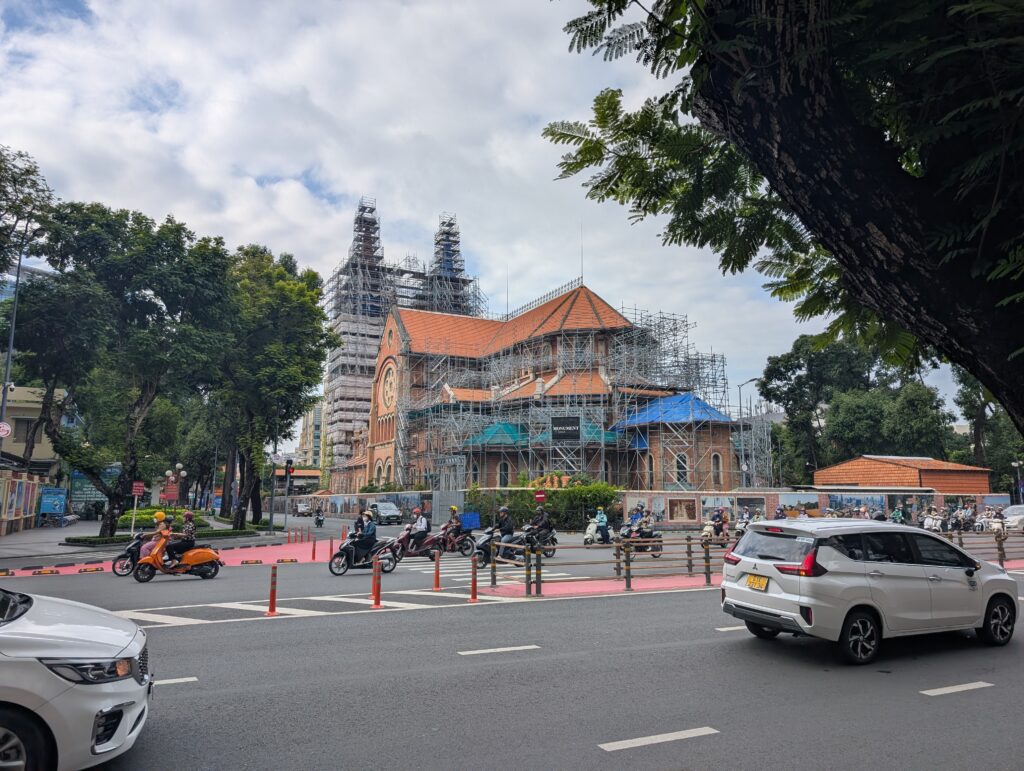
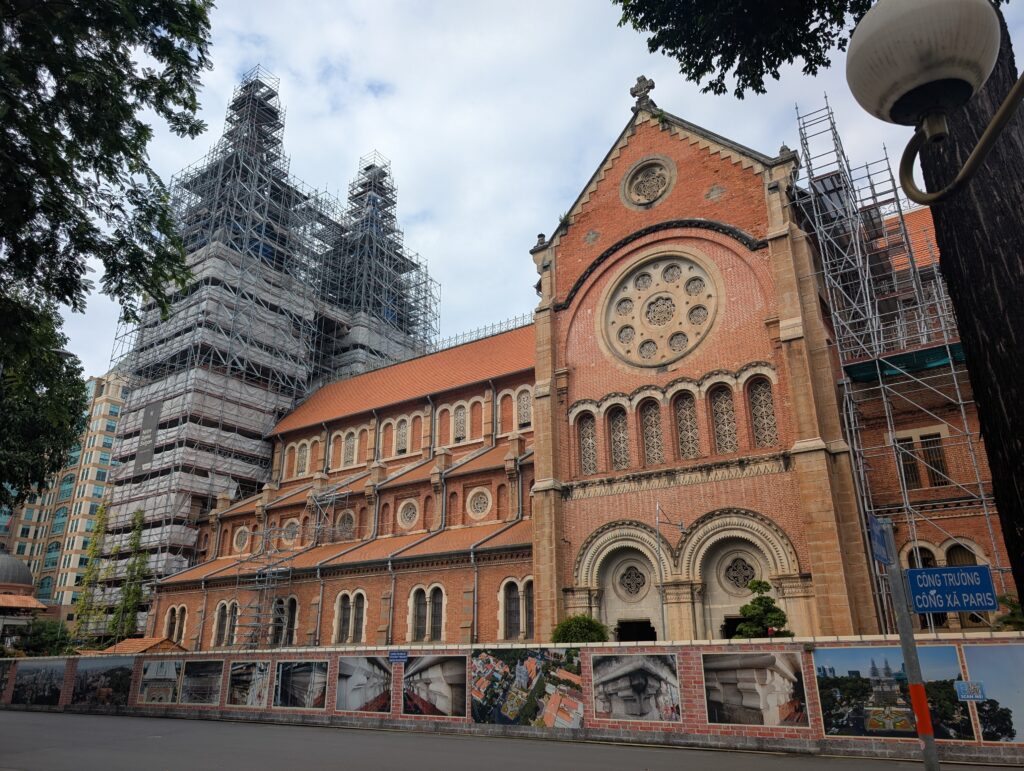
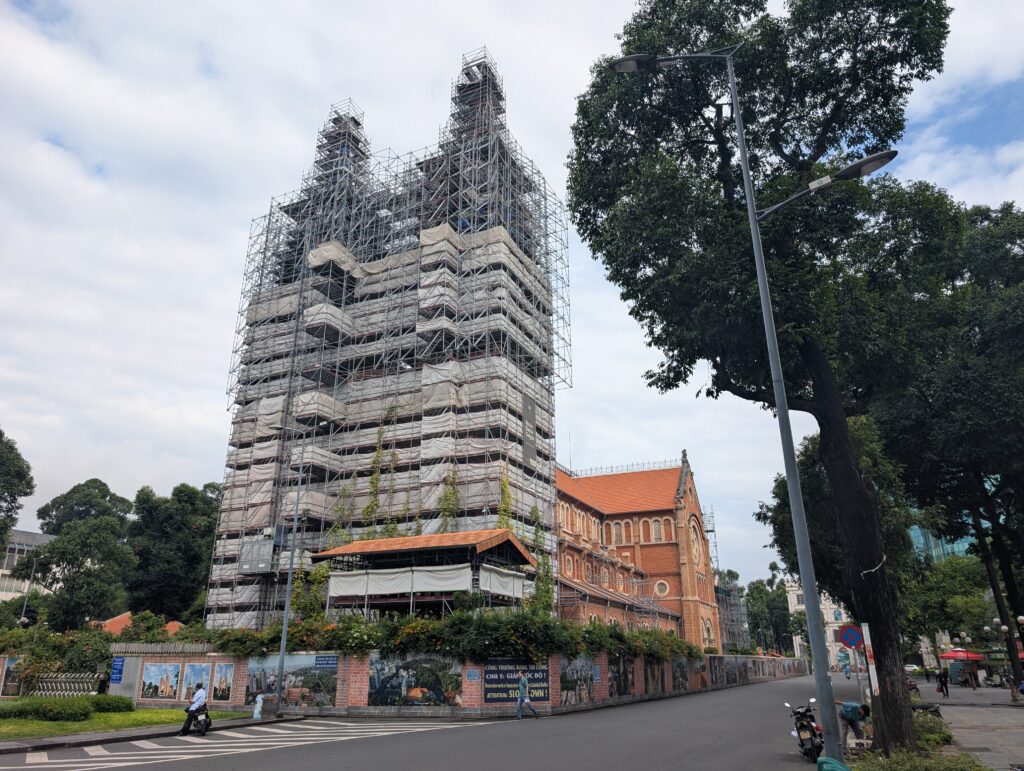
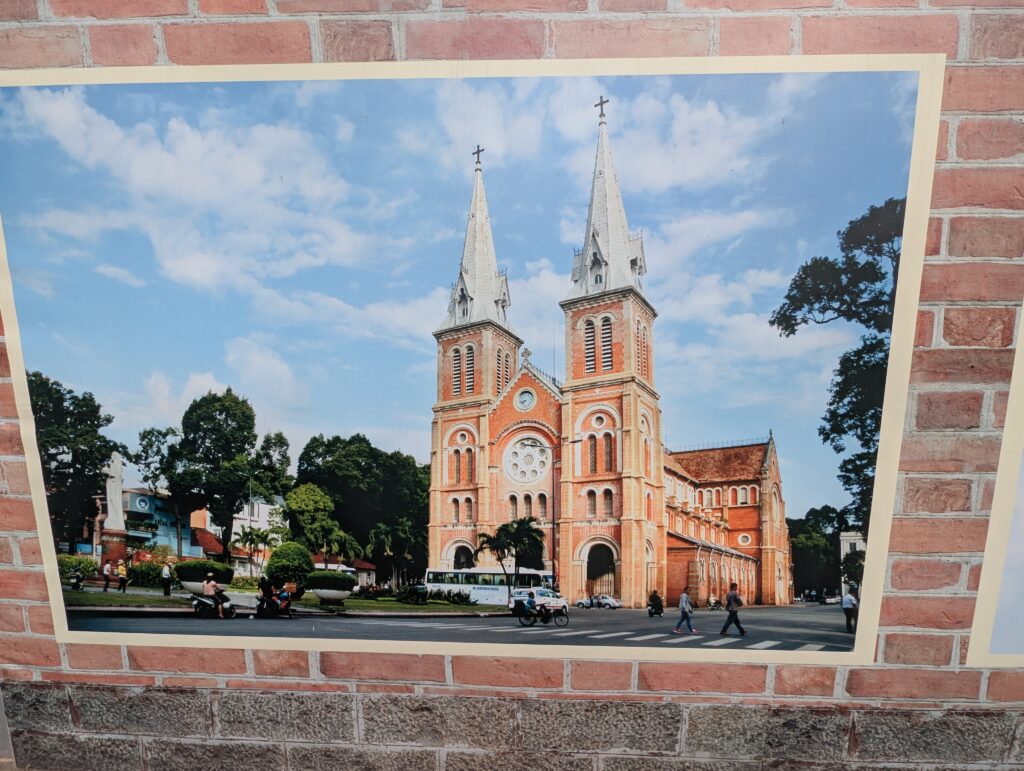

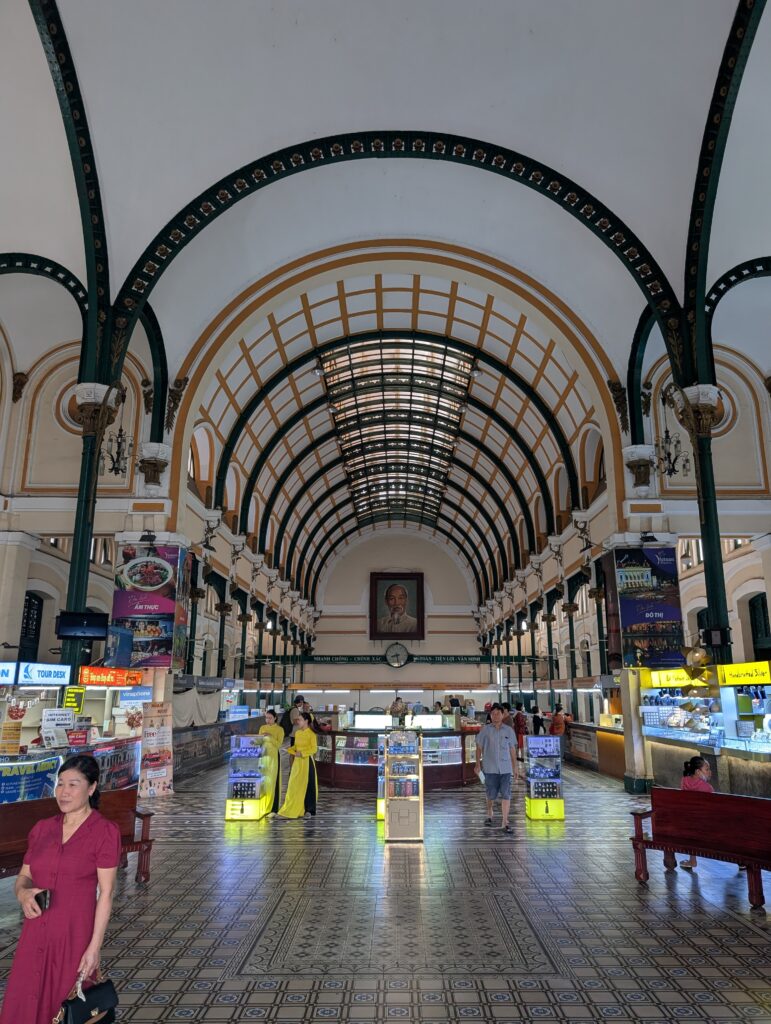
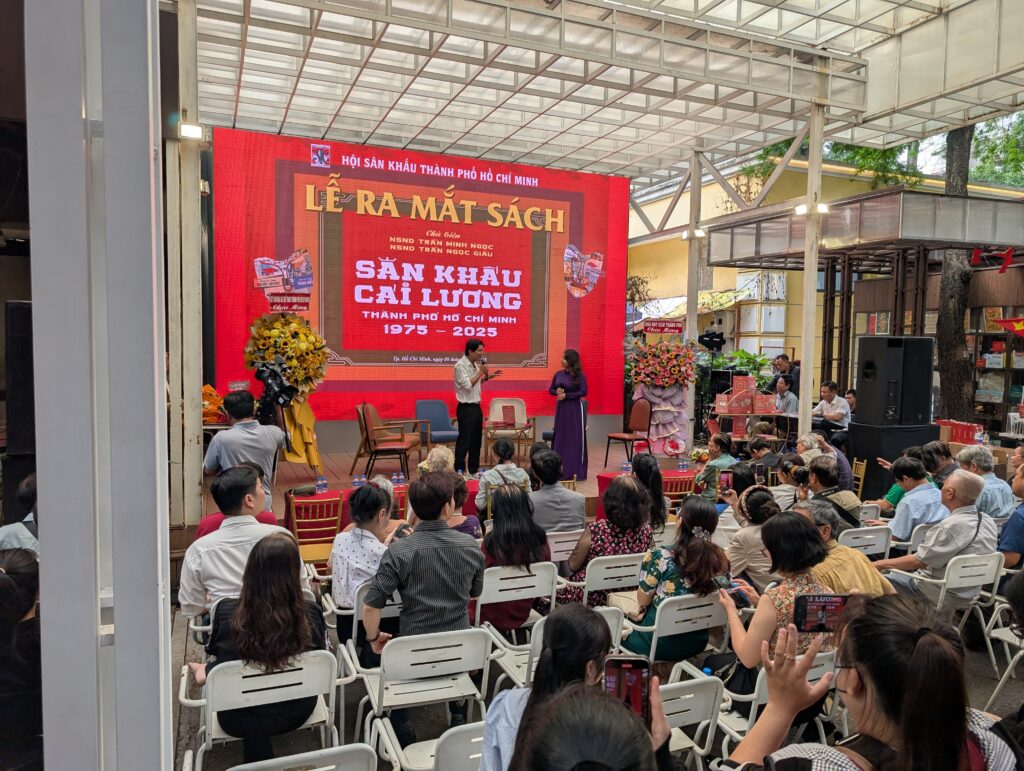
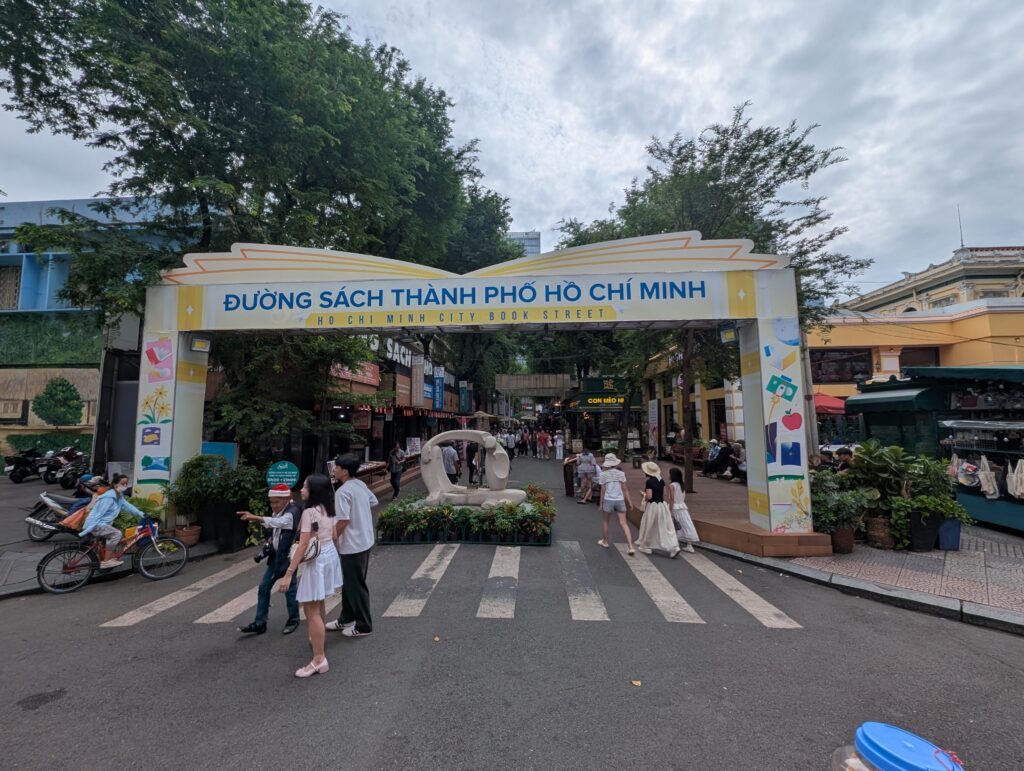
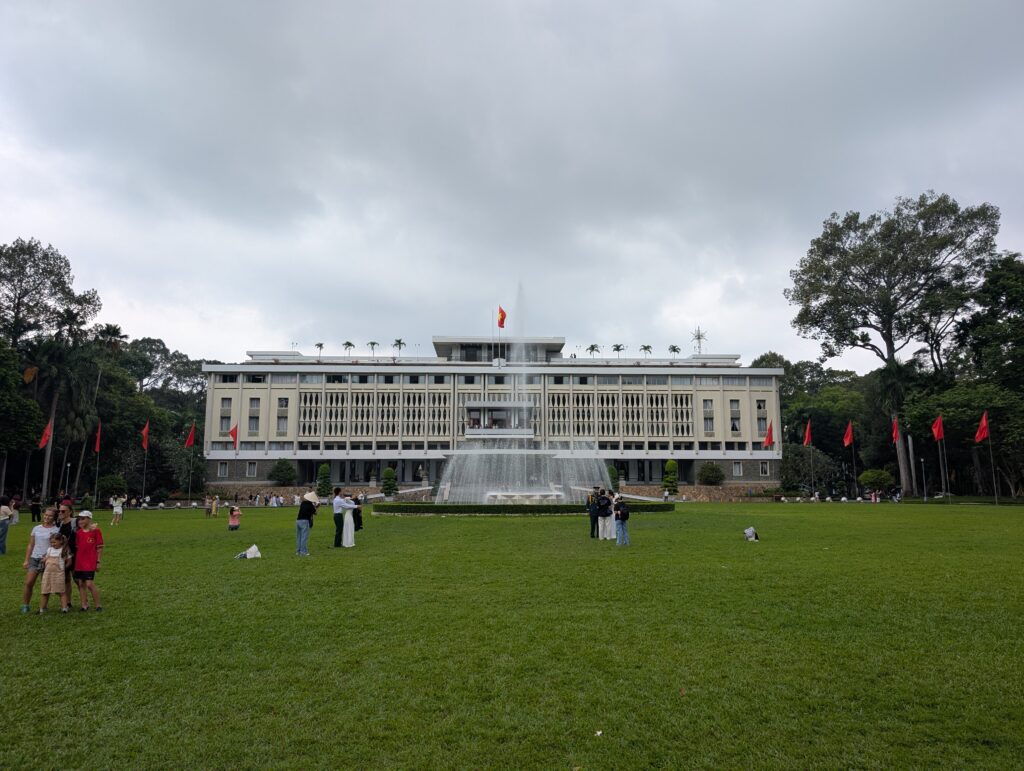
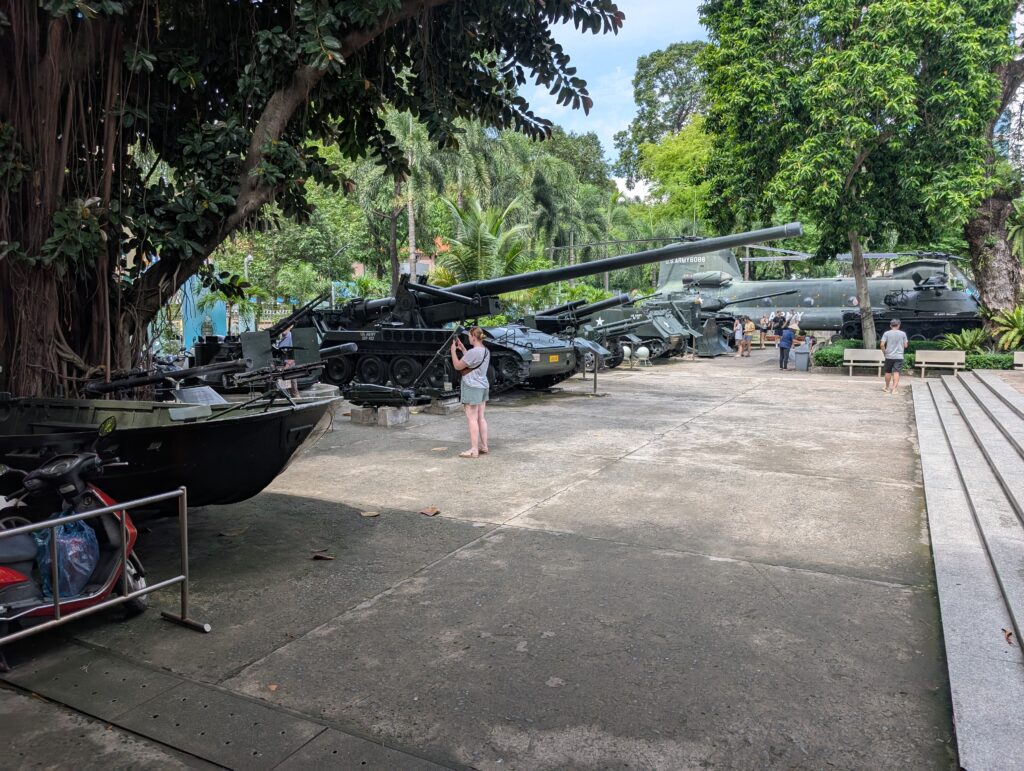
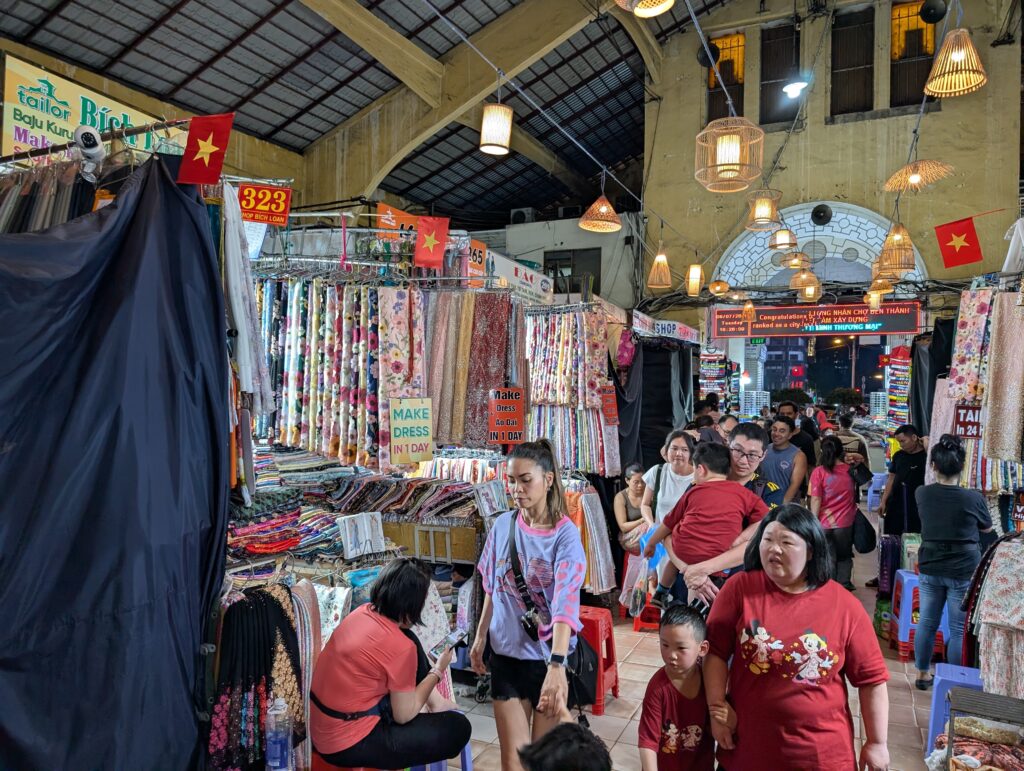
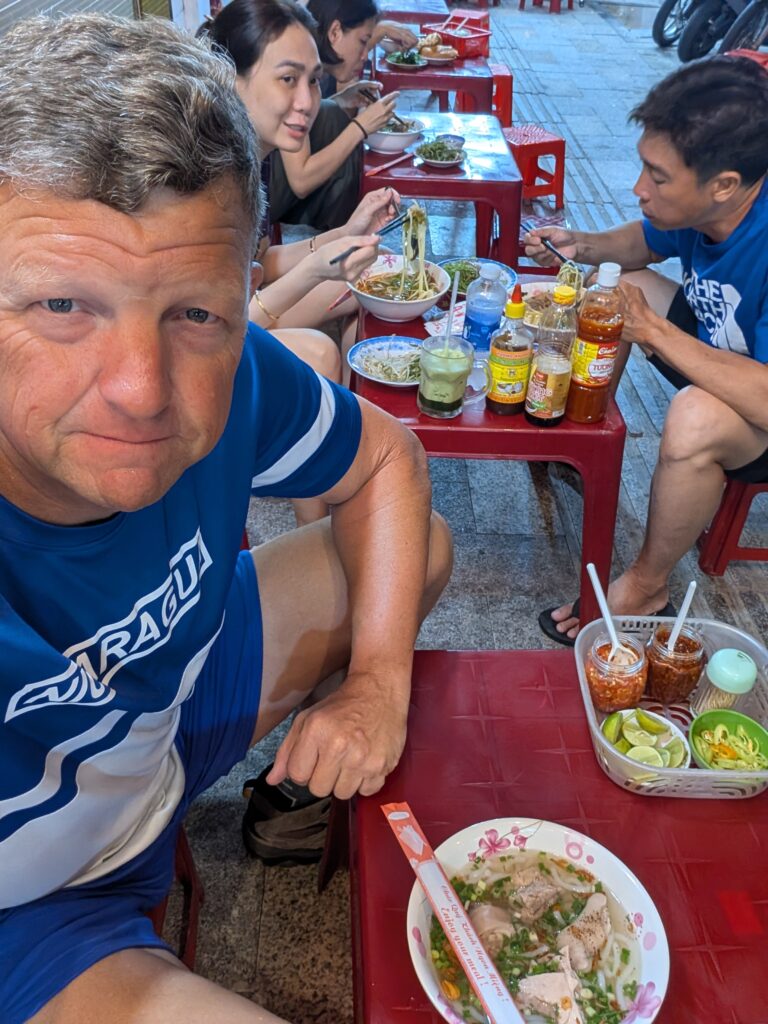
After all of that walking, and being on my feet the remainder of the day at the museums, I was pretty tired. I arrived back at my room at about 5:00. I showered off and rested before heading out to the Ben Thanh market. You can buy just about anything in the interior portion of the market – or at least poor quality knock-offs of just about anything. I walked around a bit, but wasn’t really shopping. As night falls, the inside part of the market begins to close, and the action moves to the periphery and the food stalls. I wanted to shuffle around and try a few different dishes, so I did that.
At my first stall, I was greeted in perfect English by two girls in their late teens. Both were Vietnamese. One lived in Saigon, the other had moved with her family to San Jose, California. They were helpful in recommending different foods and beverages. They were kind but a little hard on my for my manner of eating things and apparently poor pronunciation of Vietnamese phrases. The didn’t like my rendering of, “Khong cam on,” the Vietnamese phrase for “No, thank you,” that I was most proud of learning. They laughed at me a bit, but it was all in good fun. They also poked fun at me for eating rice with chopsticks. Everyone I had seen eating rice in Taiwan used sticks, so I had learned how to do it. They correctly pointed out that it’s much easier to eat with a spoon. “You look like such a foreigner,” my new friend from San Jose chortled. What possible response could I offer to such an utterly true statement? I just laughed with them.
Since my supper was fairly late on the 8th, I wandered back to bed later than I usually do. I was nevertheless up early the next morning for my do it yourself bus tour. I had mapped out all of the more distant historic sites in Saigon to see using the city’s municipal bus system. Each bus ride cost only 5,000-6,000 dong ($.19-$.23 U.S.), and all of the attractions I visited on the 9th were free, so it was a very inexpensive day.
I began by checking out the Jade Emperor Pagoda. This temple was constructed in the late 19th century by order of a Cantonese merchant. Like many temples in Southeast Asia, it has Buddhist, Taoist, and Confucian elements to it. The journey there took me through other parts of downtown Saigon, and briefly along the river. The temple was next to a more modern Buddhist worship facility. It was fairly small, and did not take long to see.
From there, I took another bus to a much older temple. Giac Lam was constructed in 1744, and has served as a Buddhist worship facility ever since. The temple grounds here are much larger than those at the Jade Emperor Pagoda. The site includes a substantial mausoleum for the cremated remains of worshipers. A seven level hexagonal pagoda was added in the twentieth century. I climbed it for enhanced views of the city. It was another nice stop.
I next went to yet another old religious building. I took a pair of buses to the Cha Tam church, also known as St. Francis Xavier. The first ever Vietnamese – Chinese priest oversaw the construction of this building around the turn of the century. It is a pretty building, reflecting its French Catholic heritage. The church was also famous at a last refuge of Ngo Dihn Diem and his political advisor. Diem was the first president of the Republic of Vietnam (South Vietnam) after the country was partitioned in the wake of the French defeat at Dien Bien Phu. The Nguyen monarchy had been placed in charge, but Diem had been running the country anyhow before he wrested control from them and essentially installed himself as president. His authoritarian, nepotistic style bordered on dictatorship. He was a notoriously difficult person to deal with. As much as the U.S. government wanted to support a non-communist state in South Vietnam, even our own State Department did not believe they could support Diem long term. Eventually, a coup toppled his regime in 1963. He fled Independence Palace and hid near Cha Tam. Strong Catholics, Diem and his political advisors went to pray at Cha Tam before turning themselves over to the coup party. Their prayers weren’t answered. They were assassinated en route to turning themselves in.
The bus from Cha Tam to the Ho Thi Ky Flower Market didn’t really save any time over walking, so I hoofed it over to look at the several streets completely occupied by flower shops. I found it surprising how many street vendors in Vietnam sold flowers. It was more impressive to find an entire neighborhood of flower peddlers. The shops appeared a bit smaller than those in the Kowloon Flower Market, but the number of shops seemed larger in Saigon. I did not buy any flowers, but enjoyed the pretty sites. There was an accompanying food market in Ho Thi Ky, but few of the food vendors opened before 5:00. I managed to find one who offered a limited menu for late lunch. I had a little soup before strolling back to my room at about 3:00. I was able to shower and rest a couple of hours before going back out for the evening.
(Continued)
